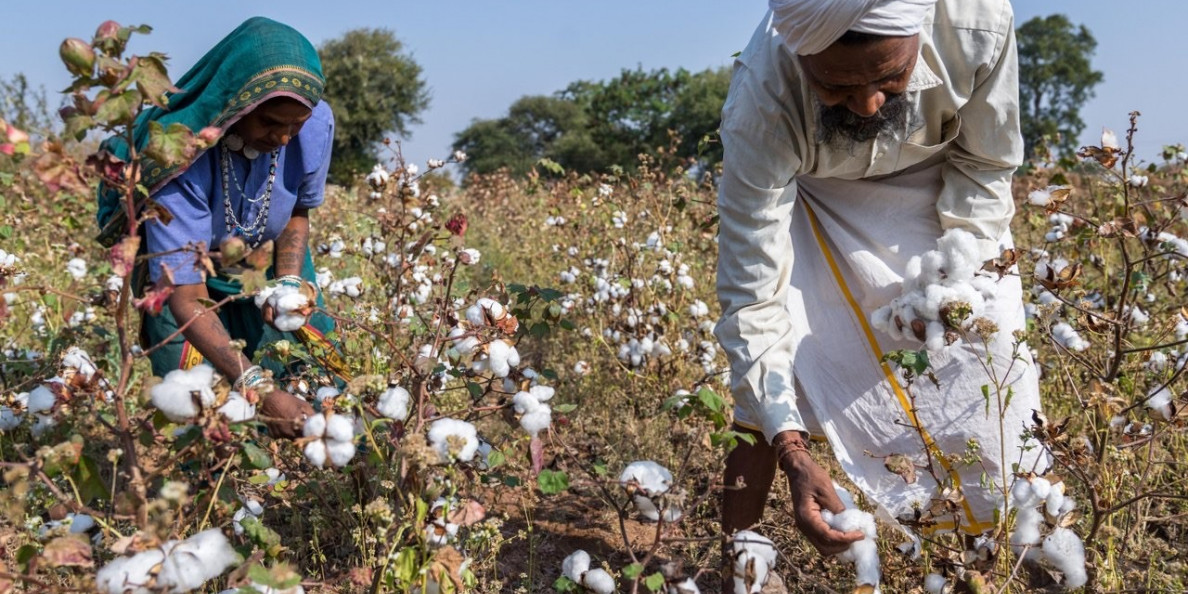The Indian Government has approved an increase in Minimum Support Price (MSP) of cotton to the tune of 28.11 per cent for medium staple cotton and 26.16 per cent for long staple cotton for the season 2018-19. Accordingly, the MSP for medium staple cotton per quintal has been increased from Rs.4020 to Rs.5150 and in respect of long staple cotton, it has been increased from Rs.4320 to Rs.5450 per quintal. From 2009-10 to 2017-18, MSP has increased by Rs.1320 per quintal and in 2018-19 alone, it has been increased by Rs.1130 per quintal. So, the impact is going to be huge and the impact possibly unprecedented.
The government’s step will definitely benefit the farmers but at the same time it would have a negative impact on the Indian textile value chain, as it would increase the clothing cost. It is being said that it might also affect the cotton exports, if Indian cotton prices rule above international prices. Garment manufacturers are already struggling with the increase in cotton yarn prices as there was an increase of Rs.20 per kg in this month.
Though the trade bodies have welcomed the decision, they have also insisted on a solution that is in the interest of the entire textile industry. “At one level, the move would certainly increase the income of lakhs of farmers, leading to an increase in domestic consumption that would eventually support the overall Indian economy. However, we need to examine the event from different perspectives and understand that the farmers’ gain should not adversely impact the USD 120 billion industry which employs directly and indirectly more than 10 crore people,” says Sanjay Jain, Chairman, Confederation of Indian Textile Industry (CITI). He further added that the Government, would devise some direct subsidy route so that interests of both farmers and the largest industrial employer are equally protected for a win-win situation.
The Southern India Mills Association (SIMA) is of the view that the Government should exercise cotton MSP operation under Direct Benefit Transfer System (DBT) and revamp the role of Cotton Corporation of India so as to benefit the farmers and the industry equally. P.Nataraj, Chairman, SIMA argues, “Price volatility in cotton prices has often been eroding the working capital and profit margins of the industry and restricting the growth rate between 6 per cent and 8 per cent as against the potential growth rate of 12 per cent to 16 per cent as predicted by many studies.”
The cotton price issue is equally important from the domestic as well as export point of view as India has become the largest cotton producer in the world since 2015-16 surpassing China and the US and also became a net exporter of cotton. India accounts for 36 per cent of world cotton acreage by covering 11.80 million hectares and is estimated to produce 6290 million kgs and export 1190 million kgs of cotton during the season 2017-18. Nearly 2.3 crore Indian farmers are currently cultivating cotton. Due to 5 to 10 per cent price advantage when compared to international price, home grown cotton has been the engine of growth for the textile industry.


